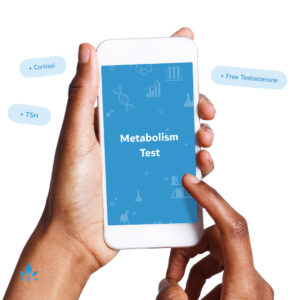Why Your Child has Swollen Glands


Parents may worry when they feel swollen glands in their child’s neck. It should come as a relief to know that swollen glands, or enlarged lymph nodes, are a very common and often normal finding in a child who is fighting off an infection.
Lymph nodes are an important part of the immune system. They are designed to help defend against infection. The body has approximately 600 lymph nodes. A normal-sized lymph node is less than half an inch or approximately the size of a pea. When these nodes are busy fighting infection, however, they can become enlarged and sometimes tender.
Often, enlarged lymph nodes will appear near the site of an infection. Viral illnesses such as the common cold or bacterial infections such as strep throat may cause enlarged nodes in the neck. An infected cut on a leg may cause enlarged nodes in the groin. A fungal infection in the scalp may cause enlarged nodes at the back of the neck. Usually, the lymph node swelling will disappear after the infection goes away, although it may take weeks for them to go away completely.
Occasionally, enlarged lymph nodes can be a sign of a more serious problem. Warning signs include:
- Swollen nodes all over the body.
- A persistently swollen node that does not go away on its own.
- Feeling very tired or lethargic.
- A rapidly enlarging node.
- Swollen, tender nodes lasting more than five days.
Sometimes the node itself can become infected with a bacteria. Often the node will enlarge to more than an inch in size, become very tender, and have a reddish or purplish hue. This condition, known as lymphadenitis, usually requires oral or IV antibiotics. In severe cases, the infected lymph node may even need to be surgically drained.
Rarely, a swollen gland can indicate an underlying malignancy, such as lymphoma. A diagnosis can be made by performing a lymph node biopsy to look at it under the microscope. Be sure to talk to your child’s pediatrician if you are concerned about a persistently enlarged lymph node.
Sources:
- UpToDate
- Peripheral lymphadenopathy in children.
Leung AK, Robson WL - Childhood cervical lymphadenopathy
- J Pediatr Health Care
- 2004 Jan-Feb;18(1):3-7
- Review
- PubMed
Pediatrics in Review - Evaluation and Management of Lymphadenopathy in Children.
Powered by Bundoo®












































